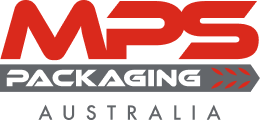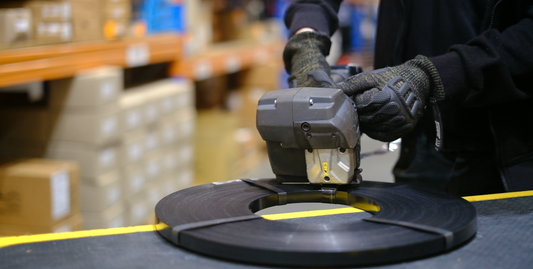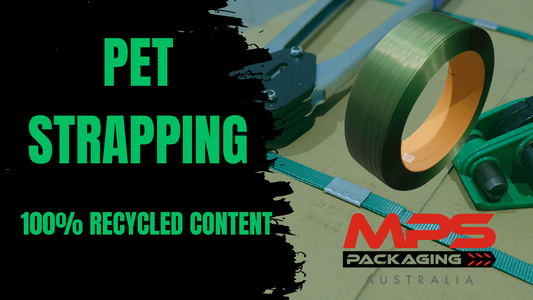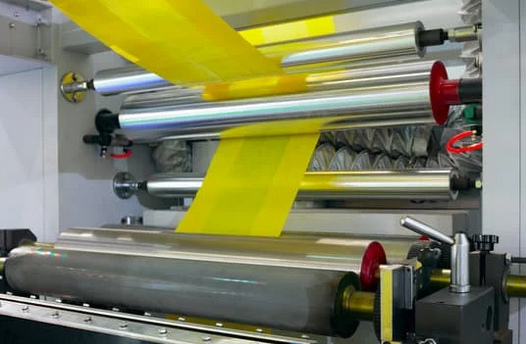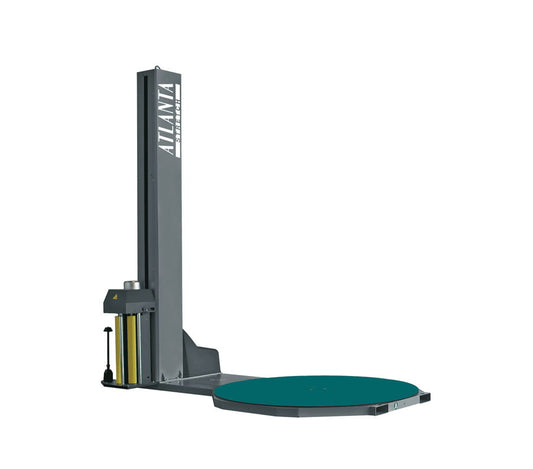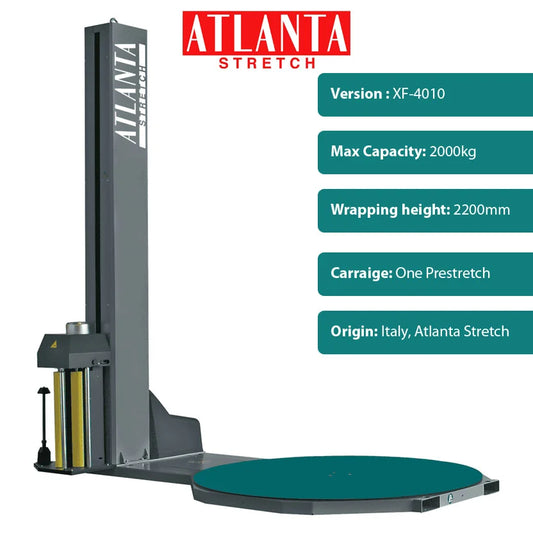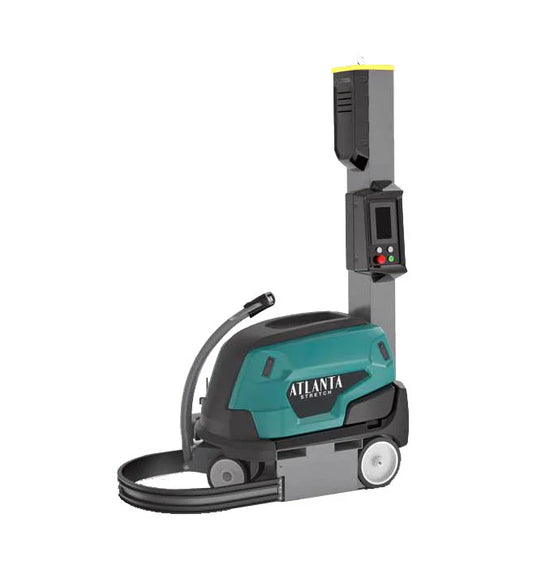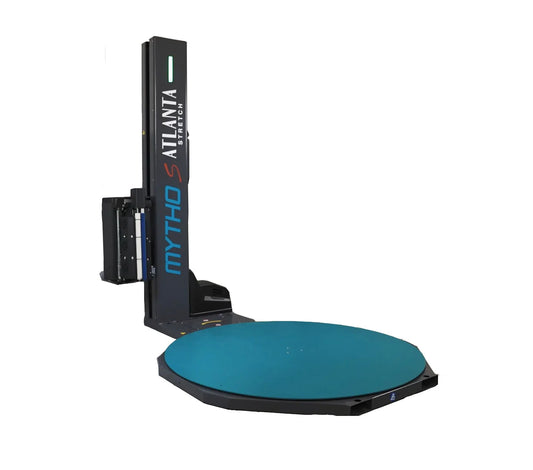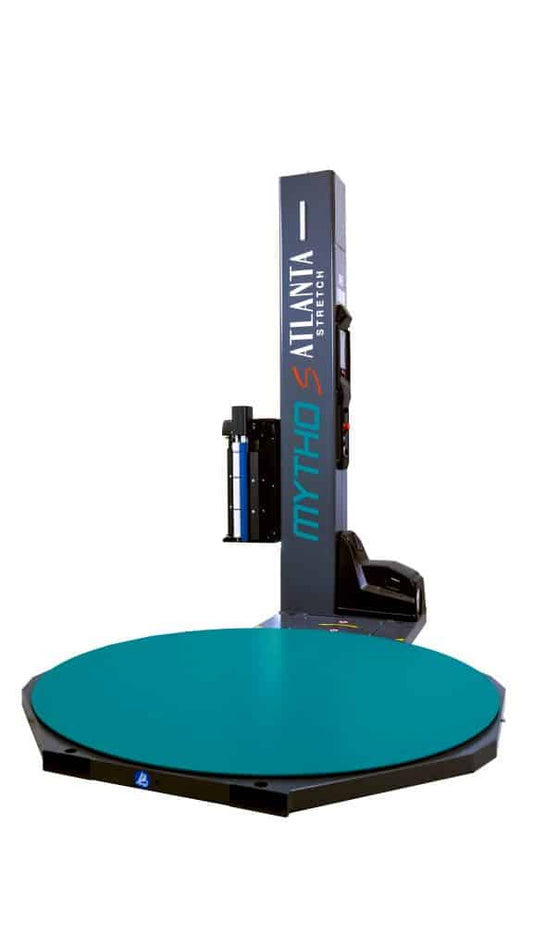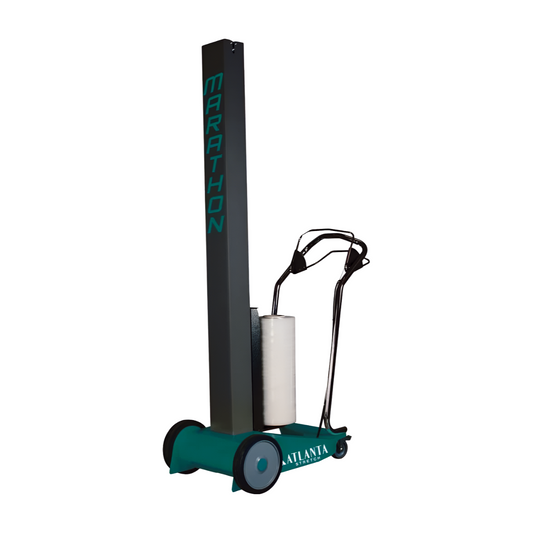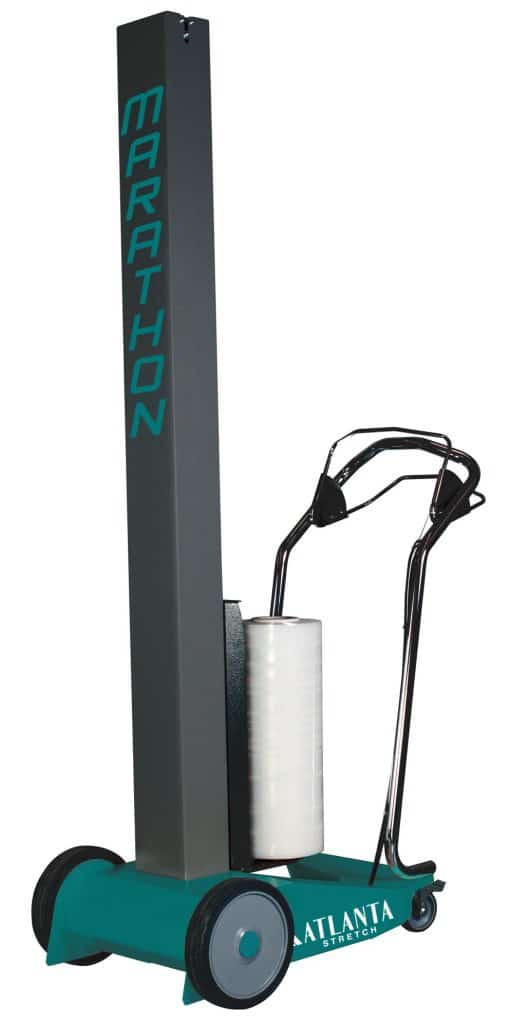When it comes to securing and protecting products during transportation and storage, choosing the right type of pallet wrap is crucial. Two common types are Cast Stretch Wrap and Blown Stretch Wrap. Though they may seem similar at first glance, their differences in manufacturing, properties, and applications make them suited to different needs. Let’s delve into the distinctions between these two types of stretch film.
Manufacturing Process
Cast Stretch Wrap:
- Produced through cast extrusion, where plastic is melted and forced through a flat die to create a thin sheet.
- The film is rapidly cooled using chilled rollers, resulting in a smooth and consistent product.

Blown Stretch Wrap:
- Created via blown extrusion, where plastic is melted and extruded through a circular die to form a tube of film.
- The blown process makes the film in a bubble litrally"blowing" the bubble up to the warehouse ceiling in a bubble. this bubble could be 6m to 12m high in some cases.
- This tube is inflated with air and gradually cooled, giving it a thicker, more resilient structure.


Clarity
Cast Stretch Wrap:
- Known for its high clarity, which allows for better visibility of the wrapped products.
- Ideal for applications where seeing the product through the wrap is important, such as in retail environments.
The following video shows our 17um cast pallet wrapper been used on our Mytho S powered prestretch machine.
Blown Stretch Wrap:
- Generally less clear, resulting in a hazier appearance.
- Less suited for applications where product visibility is essential due to its cloudier look.
Strength and Durability
Cast Stretch Wrap:
- Offers less resistance to tears and punctures.
- More susceptible to damage under stress, making it less ideal for rugged handling.
This video shows our 15um hand cast stretchwrap been used with a hand stretchwrap dispenser
Blown Stretch Wrap:
- Provides higher resistance to tearing and puncturing.
- Stronger and more durable, perfect for wrapping irregular or sharp-edged items.
- Stretches both horizontally and vertically provided better puncture and tear resistance.
Stretchability and Memory
Cast Stretch Wrap:
- Has a higher stretch capacity, allowing it to wrap tightly around products.
- Good memory, meaning it returns to its original shape after stretching, ensuring a snug fit.
Blown Stretch Wrap:
- Typically offers lower stretch capacity but superior memory retention.
- Better at holding loads securely in place over time.
Noise During Application
Cast Stretch Wrap:
- Quieter during application due to its lower tackiness and smooth texture.
- Cast stretchwrap is smooth so it sticks to itself reasonably well.
Blown Stretch Wrap:
- Noisier during application because of its higher tack and toughness.
- Because of the blown process, blown stretchwrap would not stick to itself well, for this reason an adhesive layer is added to the product.
Cost
Cast Stretch Wrap:
- Generally less expensive to produce and purchase.
- Cost-effective for many standard wrapping needs.
Blown Stretch Wrap:
- Typically more costly due to the complex manufacturing process.
- Often used in situations requiring enhanced strength and durability.
Typical Applications
Cast Stretch Wrap:
- Ideal for uniform, lightweight, or easily damaged loads.
- Great for scanning or barcoding through the stretch wrap
- Commonly used where cost efficiency and product visibility are critical.
- Great for applying to products such as limante, painted and polished metal where blowns adhesive layer could leave a residue.
Blown Stretch Wrap:
- Better suited for irregular, heavy, or sharp-edged loads.
- Preferred in scenarios demanding high load stability and robust protection.
- Suits eviroments where there is dust due to adhesive layer
- Blown stretchwrap should not be used directly on finished goods such as polished or painted metal or laminate, the adhesive may melt in the heat an leave an adhesive layer that damages the product or leaves a residue.
Summary
Choosing between Cast and Blown Stretch Wrap largely depends on your specific needs. For products where clarity and a quieter application are key, Cast Stretch Wrap is the better choice. However, if you need to secure heavy or irregular loads with high durability and strength, Blown Stretch Wrap would be more suitable.
MPS Packaging Australia emphasizes that Blown Stretch Wrap is especially valuable in environments with dust or dirt, thanks to its strong adhesive properties. On the other hand, Cast Stretch Wrap is favoured for applications requiring excellent visibility and quieter use.
By understanding these differences, you can select the wrap that best fits your packaging needs, ensuring your products are securely and effectively protected during transport and storage.
